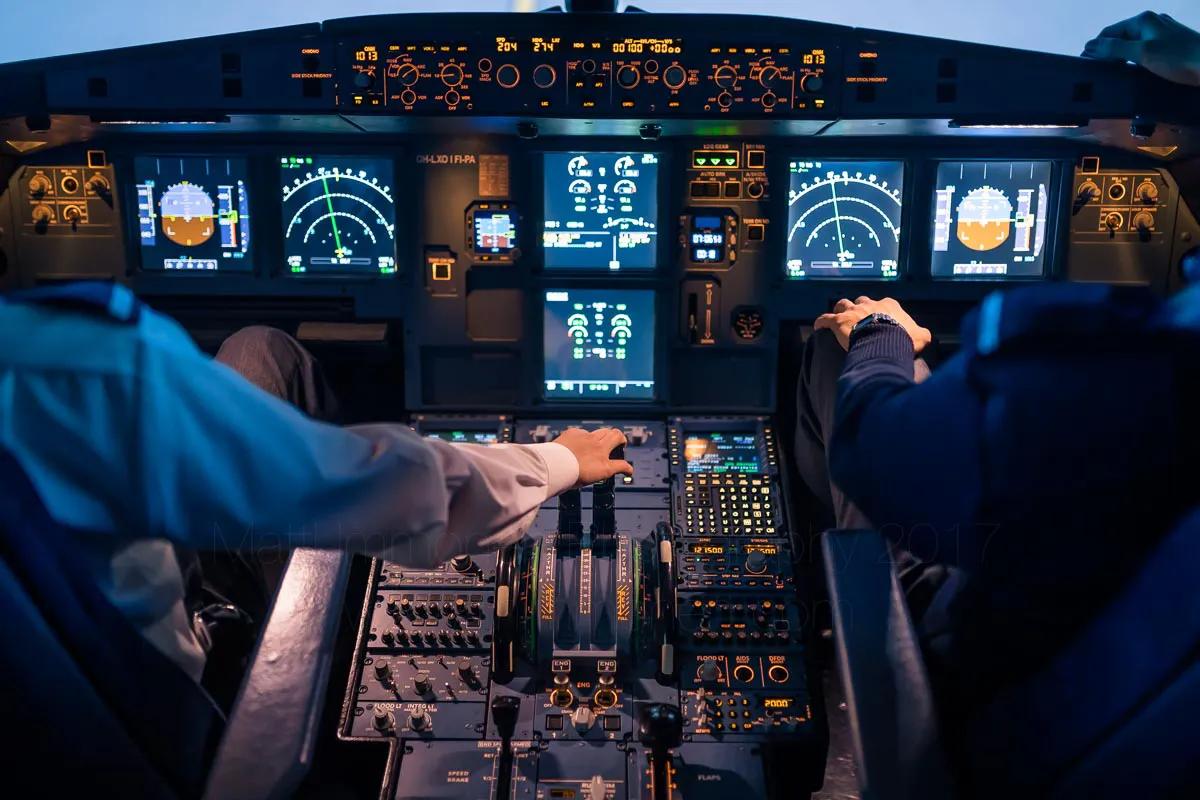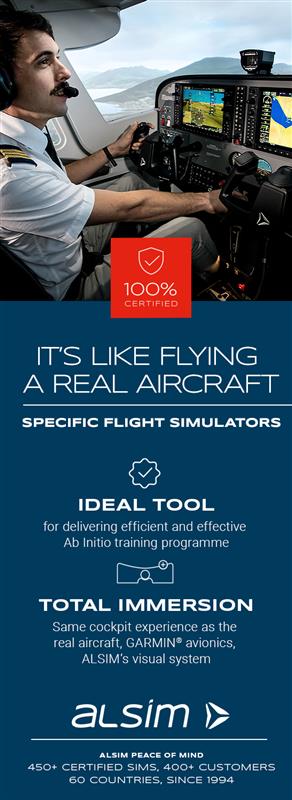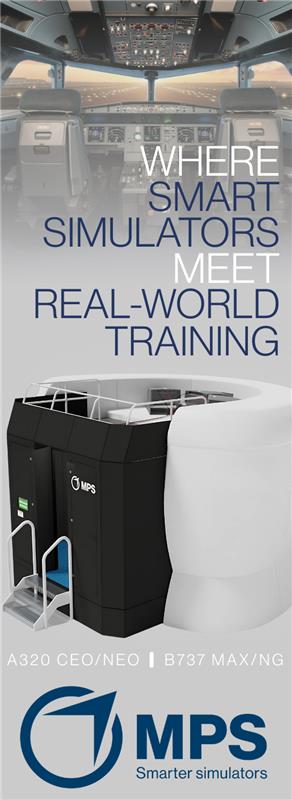Simulator Manufacturer, MPS, Shares 2024 Update and Insight on the EASA Rulemaking Task 0196 and NPA 2020-15
Netherlands headquartered MPS, which develops, manufactures, installs and maintains type specific fixed based simulators, Chief Executive Officer Philip Adrian shared the latest update and insights on the EASA Rulemaking Task 0196 and NPA 2020-15.
Check it out below.
“Implementing new regulations takes years of focused teamwork, a process I am heavily involved in and committed to. Although it has been a while since I updated you on EASA Rulemaking Task 0196, many important steps towards finalization have taken place since publication of NPA 2020-15 in December of 2020. A Focused Consultation just took place last month, so in this blog I will bring you up to speed on developments and give some further insight into the process.
Since I last shared a dedicated blog on this topic, the comment period for NPA 2020-15 opened. This is a lengthy but crucial step in the process. Comments have since been received from National Authorities, affected parties and many individuals. Based on these comments and the Terms of Reference of the team, EASA and the teams have been creating the rule-text and applicable AMC and Guidance material. There are three teams; one team is focused on CS-FSTD, one team is focused on ARA/ORA, and the final team, which I lead, is focused on training.
After working to create the proposed rules, we gathered as a group during the week of June 17th for a Focused Consultation. This was successfully completed with mostly positive comments from participants.
The next steps include additional Focused Consultations on specific items, for example on the final version of CS-FSTD, which is being created by the group led by Olli Hanninen from Traficom, and the opinion from EASA to the European Commission to establish European regulations.
There are already several changes from the original proposal which will have an impact on the training industry. For instance, we have made the change from 12 to 14 features (in coordination with the CS_FSTD team) to ensure better separation between some associated items, such as controls. These have been separated between “Primary Controls Forces and Hardware” and “Primary Flight Controls System ”.
On the training side, we have finished a thorough review of EASA Appendix 9 and have identified the required FCS for each individual task at both the “Training” (T) and “Training to Proficiency” (TP) levels. The TP level replaces the initial proposal of “Testing and Checking” (T&C) and serves as a requirement of FCS to which all training tasks must be completed.
The additional work that has been done by the RMT includes proper incorporation of “Hard Law”, Acceptable Means of Compliance and Guidance Material for Competent Authorities with regards to implementation of all these changes.
For the training community, one of the major changes is that unlike before, there will be no time restriction on the use of any specific device. The previous requirement that a Type Rating should be a minimum of 32 hours, of which 16 should be completed in a Full Flight Simulator, is no longer applicable in this proposal, as the FCS rather than the device type will be leading. In essence, this will allow any organization to optimize their training via the Task-to-Tool philosophy and minimize cost while optimizing quality and efficiency. I foresee future Type Ratings to be performed on a multitude of devices, with only the “Pre-Check” and the actual Skill Test being performed in a “heritage” FFS, a significant improvement.
While this work is still ongoing and in the final stages of creation of the Opinion, I do want to take the opportunity to thank those who have contributed to this effort. It has been a long road. We started this effort almost 10 years ago, and it has taken a lot of work from the people below. It is always risky to mention some and not others, but these people deserve the credit for sure:
Francesco Gaetani, Ascanio Russo, Matteo Arnoldi, Nadia Ilieva Prokopis Batzanopoulos and Daan Dousi from EASA, Eric Fuilla-Weishaupt from Airbus, Franziska Scholz from LBA and the previously mentioned Olli Hanninen from Traficom as the team leaders.
Finally, my thanks go out to my training team, with special mention of Frederik Mohrmann (Boeing), Gilad Scherpf (Lufthansa), Steve Gibson (Ryanair)and Christian Norden (Airbus) for their work on the Training Matrices, and many others for their continuous contributions.
MPS recently shared some important videos from our friends at Traficom that also further explain the updated framework for FSTD training in detail. Of course, please note, that the final rules may differ from the information in this blog and presented in the videos linked, as the work is still ongoing. In addition, you can also check out our Frequently Asked Questions page.
Good to know: I will be speaking at APATS in Singapore and will be at the MPS booth from Sept 9th through 11th, so I look forward to further discussions on this and many other topics.”
Source: MPS
Photo Credit: MPS

You may also check our Terms and Conditions for our Content Policy.
Searching for specific information – kindly contact us to see if we can assist you.
Check out the more than 18054 relevant pilot training industry updates here.




